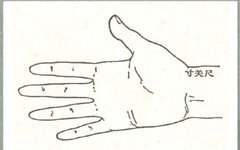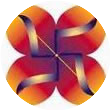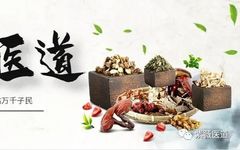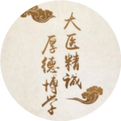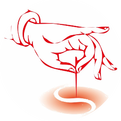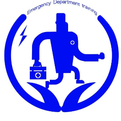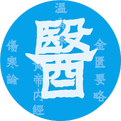The Theory of Medicinal Cuisine in Traditional Chinese Medicine
The four examinations, including observation (望), listening (闻), inquiry (问), and palpation (切), are methods for diagnosing diseases, also known as “diagnostic methods”. Palpation includes two parts: pulse diagnosis and pressure diagnosis, which is a method used by practitioners to understand the patient’s condition by touching, feeling, pressing, and applying pressure to specific areas of … Read more


